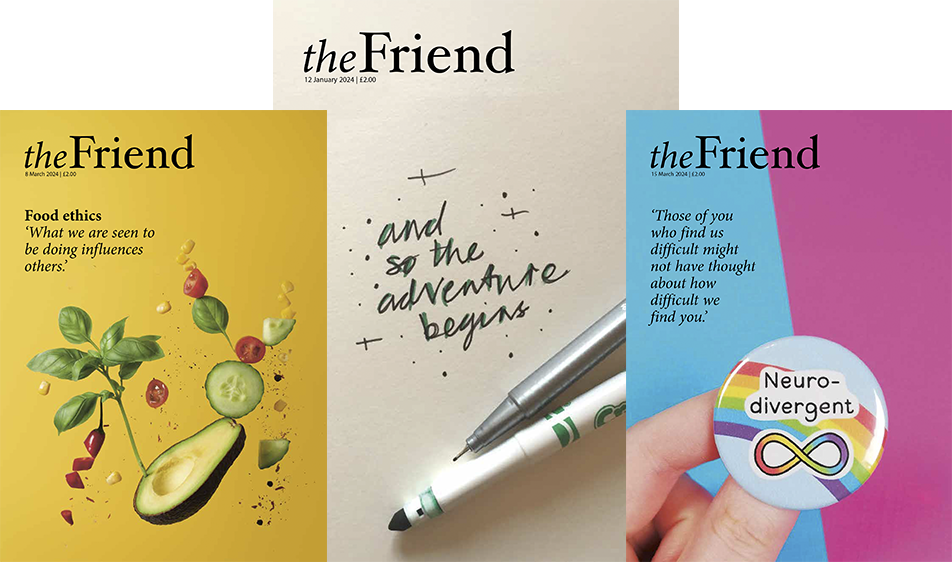Letters - 10 November 2017
From red and white poppies to a zoological lexicon
Red and white poppies
On 11 November I will be wearing both a red and a white poppy; white as a general declaration against all wars, the red, blood-coloured poppy as a reminder of physical damage to bodies and the red poppies native to the Flanders Fields.
However, the wearing of the red poppy does far more than commemorate. It raises money for the Royal British Legion, an organisation set up to support those injured physically and mentally during the first world war. At first it was helpful in assisting families deprived of the bread winner. Latterly the Legion has addressed a need: providing opportunities for those who retire after a career of service and who are feeling lost.
The camaraderie and total support given by the armed services can suddenly evaporate. The Legion halls provide a place for social intercourse for those used by our country – and then discarded and abandoned. The Legion also organises interdenominational commemoration services, such as the annual Cenotaph parade.
The Peace Pledge Union has been criticised by the British Legion for attacking the ‘glamorisation of war’ through the sale of red poppies. Is there a single person who wears the poppy to glamorise war?
Selling 100,000 replacement poppies, ostensibly to stop the sale of red poppies, seems to me to be misguided, provocative and mean. To avoid confrontation, should not we Quakers have the courage to wear the white poppy throughout the year – as a sign?
Peter Boyce
A Quaker Friend tells me that in her Meeting she opposed the wearing of white poppies because it diminishes our respect for those who died in the past wars. However, in our Meeting we wear both red and white poppies, the red in remembrance of the past and the white as our hope for the future.
Harry Underhill
